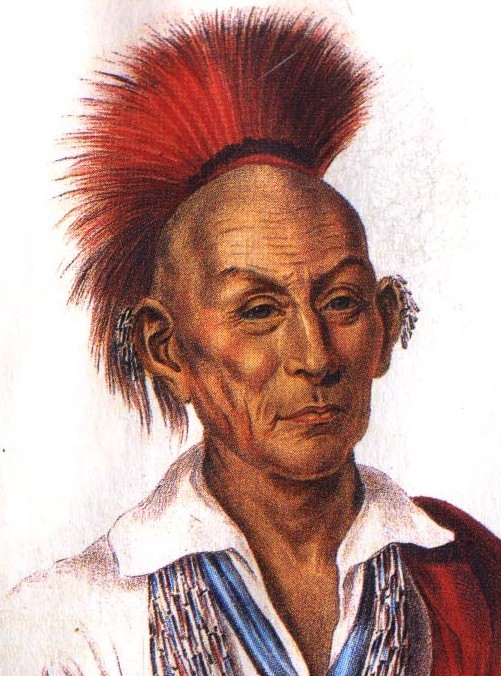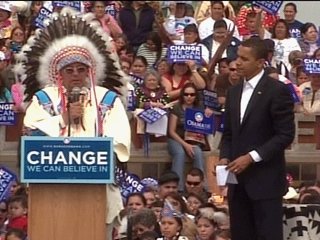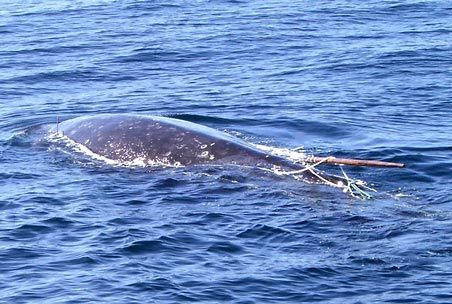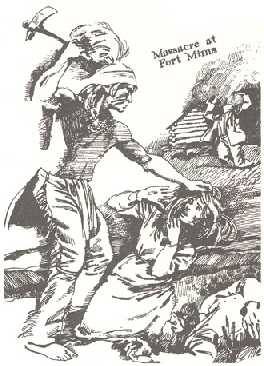I recently watched the third episode of
The Porky Pig Show on DVD. Here's the scoop:
The Porky Pig ShowThe Porky Pig Show is an American (airing also in Australia) television anthology series hosted by Porky Pig, that was composed of uncut Looney Tunes and Merrie Melodies cartoons made between 1935 and 1963. Winston Sharples composed the title song.
It aired on network run from 1964 to 1967, and again in repeats on non-network syndication from 1971 to 1990 as Porky Pig and Friends.Porky Pig Show #3First Aired: Oct. 04, 1964
Cartoons Shown: "Scaredy Cat" with Porky Pig and Sylvester. "Baton Bunny" with Bugs Bunny and the Bothersome Fly. "Feather Dusted" with Foghorn Leghorn, Miss Prissy, and Egghead Jr.Comment: In
Baton Bunny, Bugs conducts a symphony orchestra with his usual exaggerated antics. At one point he coaxes the trumpeting by alternately imitating an Indian and a cavalryman.
As the Indian with his ears forming a feather, Bugs looks angry. He fires an arrow at an imaginary opponent.
As the cavalryman, Bugs fires a gun over his shoulder as he flees. He looks determined.
There you have America's historical narrative in a nutshell.
Savage Indians attack. Civilized cowboys defend. They're bad. We're good.
Then Bugs the Indian appears to be shot. He dies in a dramatic whirl. So the Indian threat is over. The good guys have prevailed.
Bugs has acted out the fate of millions of Indians--many of them arguably homicide victims. Imagine a slaveowner lynching a black man or a Nazi incinerating a Jew and you'll get the idea. But it's only a cartoon, so it's okay.
Besides, everyone knows "the only good Indians is a dead Indian." Jesus, the popes, and our presidents have told us so, so it must be true. And all the Indians are gone so it doesn't matter anymore. Right?
But wait, there's moreIn
Feather Dusted, Foghorn Leghorn tries to teach Egghead Jr. to loosen up and have fun. At one point Foghorn dons a feather and warpaint, waves a tomahawk, and whoops like a savage Indian. Egghead watches him from a fort-like shed with a coonskin cap on his head. When Foghorn taunts him for playing Daniel Boone, Egghead pulls out a pistol and shoots him.
This is basically the same message as in
Baton Bunny. The only difference is that Foghorn doesn't go through an exaggerated death scene. He simply turns gunpowder black, as cartoon victims usually do.
Let's see. This show aired for 24 years. Twenty-six episodes shown once every Saturday would be two airings per episode a year or 48 airings per episode total. ABC may have broadcast this anti-Indian propaganda almost 50 times...but constantly repeating the message didn't influence anybody? Children didn't get the idea of savage Indians from seeing savage Indians in front of their faces?!
These cartoons have aired many times beyond
The Porky Pig Show. And they were only two of dozens of similar cartoons. And hundreds of similar TV shows and movies. Few if any cartoons singled out blacks, Latinos, Asians, or Jews for racial messages, but Indians were fair game. They were like cavemen, demigods, pirates, monsters, or spacemen: semi-mythical creatures that exist mainly in our imaginations.
For more on the subject, see:
Tom and Jerry in Two Little IndiansCool Cat in Injun TroubleLippy and Hardy in Injun TroublePorky Pig in Wagon HeelsP.S. Was this a case of "people simply didn't know any better"? No, as you can tell from
Gumby in Indian Trouble, a much better cartoon from the same period. If one cartoon could avoid racist stereotypes, they all could.
Below: "I'm not a racist, but some of my cartoon friends are."




















